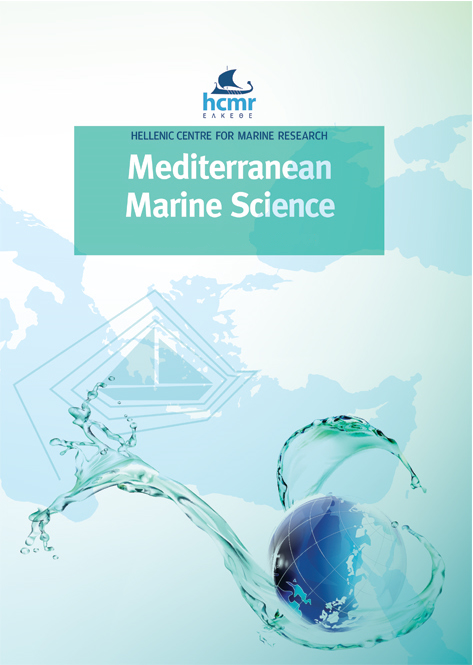Continuous mapping of benthic habitats along the coast of Corsica: A tool for the inventory and monitoring of blue carbon ecosystems
Abstract
Continuous mapping of the benthic marine habitats along the coast of Corsica is based on a synthesis of all available historical data as well as new studies concerning sectors that are poorly taken into account and/or that are of particular interest. The mapped area covers more than 310 000 ha, almost all infralittoral and circalittoral, with a survey up to 150 m deep around the coast of Cap Corse. While within the infralittoral zone, Posidonia oceanica meadows are predominant, with a surface area of about 53 735 ha, in the circalittoral zone, soft bottoms (eg coastal detritic bottoms) are largely dominant, with the rhodolith association particularly well represented (26 493 ha). The coralligenous biocenosis (2 111 ha) covers relatively small areas but includes unique formations at Mediterranean scale: the coralligenous atolls. The reliability scale proposed to assess the accuracy of these maps shows satisfactory results (62% on average), with a higher value for the infralittoral zone (74%). The results confirm that Corsica's coastline is characterized by a significant expansion of the Blue Carbon ecosystems, and in particular the Posidonia oceanica meadows, which regularly reach more than 35 m depth and cover 61% of the of the seabed between 0 and -40m, and free-living coralline algae (8% of the known surfaces in the western Mediterranean basin). The areas covered by Posidonia oceanica in the Mediterranean basin are estimated at between 1.0 and 1.5 million hectares, and show a decreasing pattern along a north-west to southeast gradient.
Article Details
- Come citare
-
VALETTE-SANSEVIN, A., PERGENT, G., BURON, K., PERGENT-MARTINI, C., & DAMIER, E. (2019). Continuous mapping of benthic habitats along the coast of Corsica: A tool for the inventory and monitoring of blue carbon ecosystems. Mediterranean Marine Science, 20(3), 585–593. https://doi.org/10.12681/mms.19772
- Fascicolo
- V. 20 N. 3 (2019)
- Sezione
- Research Article
Authors who publish with this journal agree to the following terms:
- Authors retain copyright and grant the journal right of first publication with the work simultaneously licensed under a Creative Commons Attribution Non-Commercial License that allows others to share the work with an acknowledgement of the work's authorship and initial publication in this journal.
- Authors are able to enter into separate, additional contractual arrangements for the non-exclusive distribution of the journal's published version of the work (e.g. post it to an institutional repository or publish it in a book), with an acknowledgement of its initial publication in this journal.
- Authors are permitted and encouraged to post their work online (preferably in institutional repositories or on their website) prior to and during the submission process, as it can lead to productive exchanges, as well as earlier and greater citation of published work (See The Effect of Open Access).






